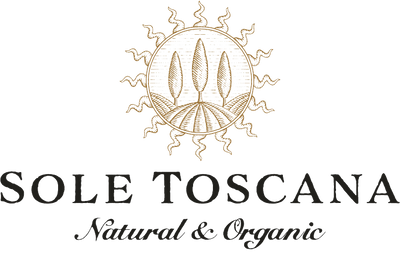These days, water pollution is at an all-time high, and almost every source of drinking water has some contamination. We, therefore, need to be cautious about the water we drink.
Why is water so contaminated?
Over the years, an increase in industries caused a rise in the number of pollutants entering the air and water. Some factories continue to dump their waste products into water bodies, thus polluting the water and killing aquatic life.
How to treat water
Some of the processes done at the industrial level are:
- Ozonation
- Water chlorination
- Iodine treatment
- Aeration
- Ultraviolet Germicidal Irradiation
- Solar disinfection and distillation
The process used usually depends on the water source and the requirements in country/ state/ territory standards. Most municipalities test at the source, so anything the treated water picks up from there to your house doesn't appear on those tests.
We recommend testing the water that comes from your pipes, especially if the pipes in your home are old.

Here are a few ways to ensure your water supply is safer.
- Boiling. This is the most common way to purify water for household use, and it works perfectly against biological threats to your health like algae or bacterias. However, if your water has minerals like lead, boiling evaporates the pure water and concentrates the contaminant.
- Water filters. You could use a water filter in your home. Beware though that some types of filters only remove a limited amount of dirt from your water, and usually don't pull fluoride from water at all.
- Storing water in clay vessels. Clay provides natural filtration because of its porous nature.
- Reverse osmosis. This method is the most effective one for filtering water and is also the most expensive.
What is reverse osmosis?
Osmosis is the process where a solution/solvent ratio finds a balance on either side of a permeable membrane.
Scientists found a way to reverse the osmotic process using pressure, ensuring that the solvents concentrate on one side of the membrane, leaving pure water on the other. This method is so effective that some countries use it to remove salt from seawater.
Note that reverse osmosis leaves just pure water, although we need minerals for our bodies. Uncontaminated water from natural sources has minerals in it. Therefore, we suggest adding a few drops of trace minerals to your reverse osmosis water.
If you'd like to know more about the most effective and economical RO systems, check out the site Watery Filters. All the listed systems are extensively tested, and all the properties, features, pros and cons are there for you to read before making a decision.
With love,
The Sole Toscana Beauty Team


